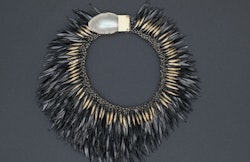
Discover
Discover new artists, articles and other craft related topics. Use the tags to search all contents.
Jewellery and adornment

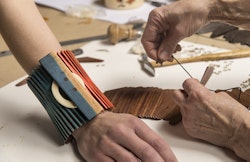
Liv Blåvarp: Touch Wood

The Innermost Corner of the Outermost Layer – an interview with Renate D. Dahl, Judit Fritz, and Lauren Kalman
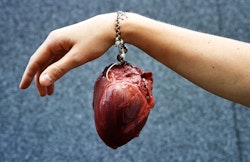
Nanna Melland: The Uniqueness of the Masses
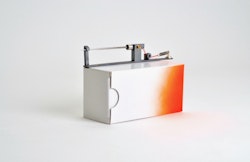
Sigurd Bronger: Jewellery as Absurd Theater
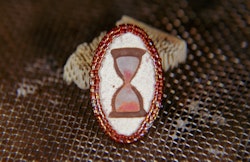
Jewellery Thoughts of Impermanence
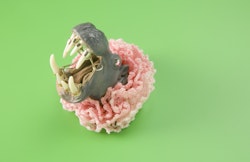
Felieke van der Leest: Toy Animals, Yarn, and Glamorous Design
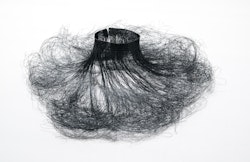
Inger Blix Kvammen: Memories in Metal
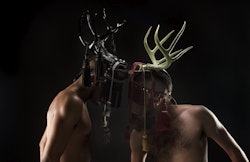
Recognizing Ground: Where Indigenous and Queer Practices Meet
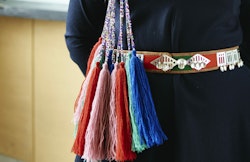
Baarkaldahke – A Living Cultural Legacy
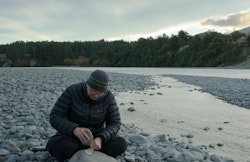
Texture of Practice: Areta Wilkinson

Jewellery Thoughts of Impermanence

The Innermost Corner of the Outermost Layer – an interview with Renate D. Dahl, Judit Fritz, and Lauren Kalman
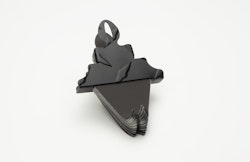
The World-Shifting Qualities of Adornment
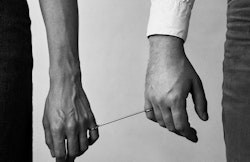
With this Ring – An Essay Celebrating the Symbolic Meaning of Jewellery

Tattoo Archaeology
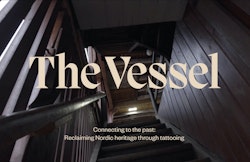
Connecting to the Past: Reclaiming Nordic Heritage through Tattooing

Inuit Tattoo Traditions and the Complexities of a Revival
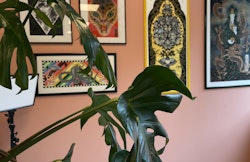
Part Psychologist, Part Mind Reader, Part Artist
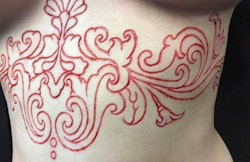
Art that hits a nerve

I'm Interested in Creating Superbeings
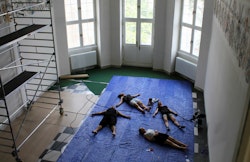
Mata Aho: Māori Weaving Practices at Atua-Scale
A conversation between Zoe Black and Aotearoa New Zealand art collective Mata Aho
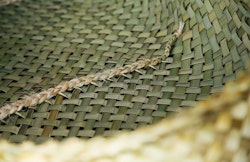
Wānangatia Te Wahakura
In this extensive text by kairaranga (weaver) Tanya White we are introduced to the wahakura, a woven bassinet for infants made from harakeke, a native plant of Aotearoa New Zealand. The wahakura are vessels of wellbeing, providing safe sleeping spaces for small children. The article presents a case study of raranga wahakura (the practice of making a woven bassinet). It is an articulation of raranga (weaving) epistemology from a weaver’s perspective.

Texture of Practice: Areta Wilkinson
Whakapapa is a Māori framework that places us within the world. It encompasses all relationships we experience and guides our knowledge and connection to whānau (family), hītori (history), tikanga (customs) and philosophies. In this presentation by artist and jeweller Areta Wilkinson we are introduced to her practice and how reconnecting with her ancestral kāinga (home) has meant connections to deeper material knowledge and understanding.
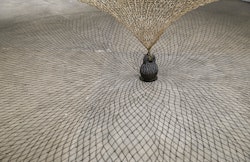
Mahi ki te Awa Whanganui – Revival on the Whanganui River
Interview with artist and weaver Matthew McIntyre Wilson by Isaac Te Awa
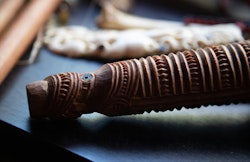
Returning the Long Silent Voices of Our Treasures to the World of Light
Audiovisual essay by Tāmihana Kātene on the creation of taonga puoro